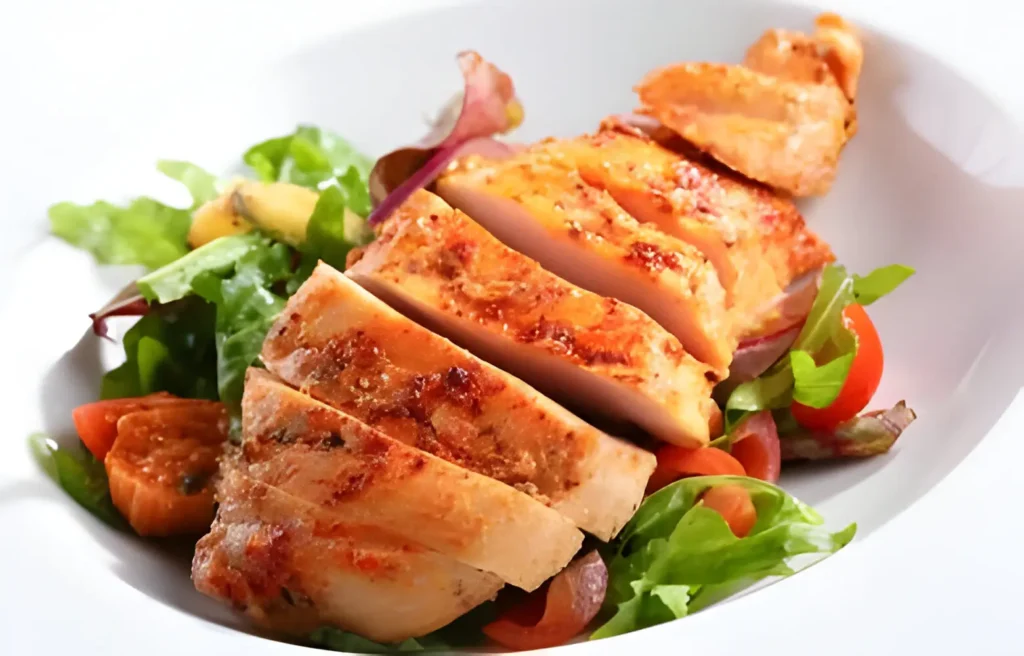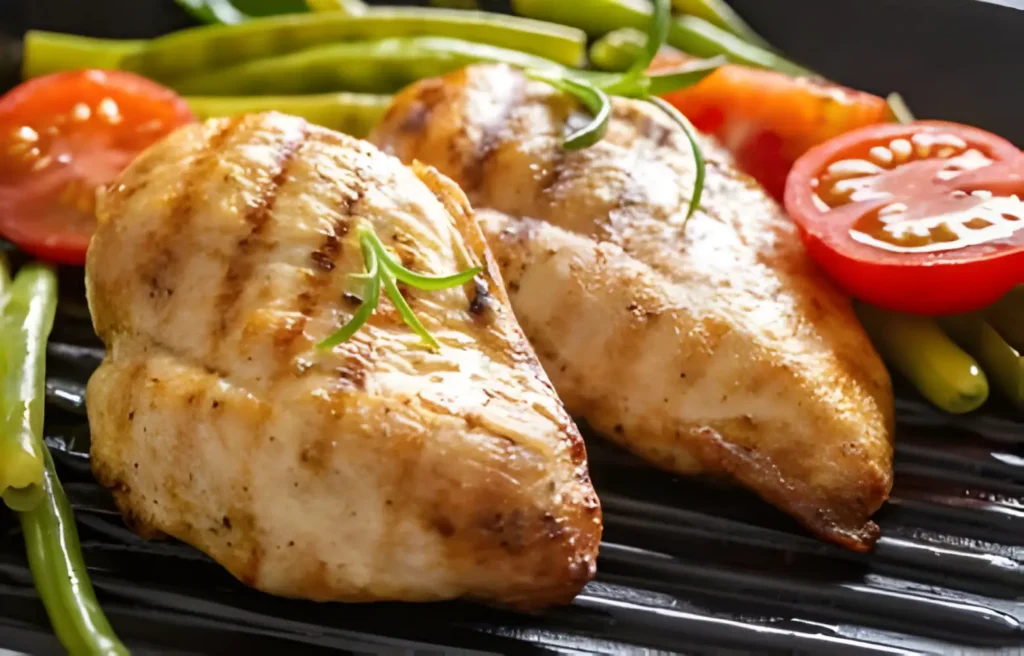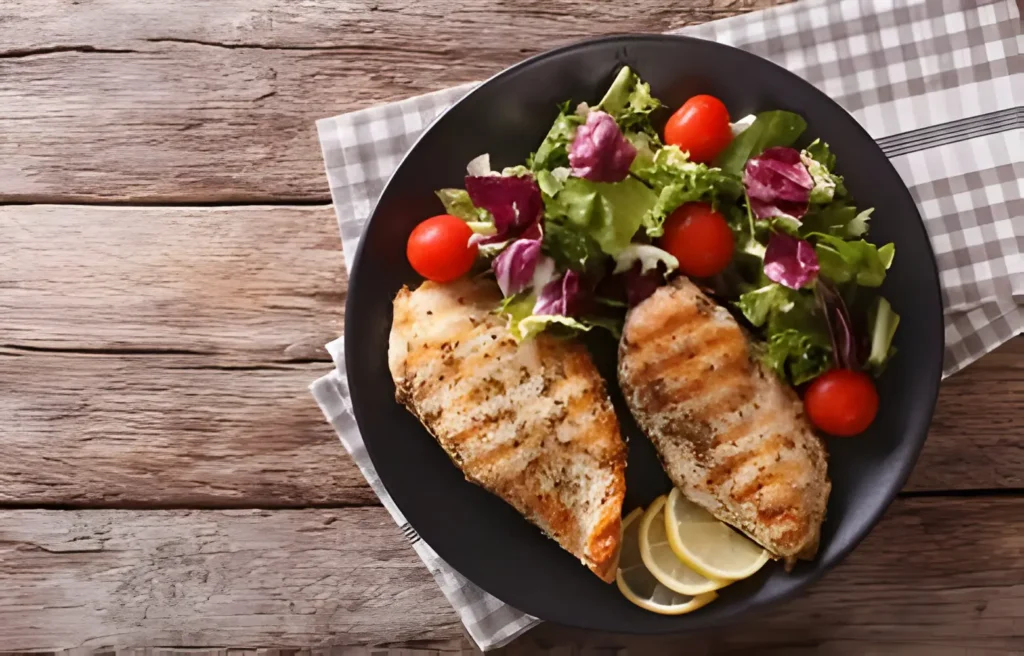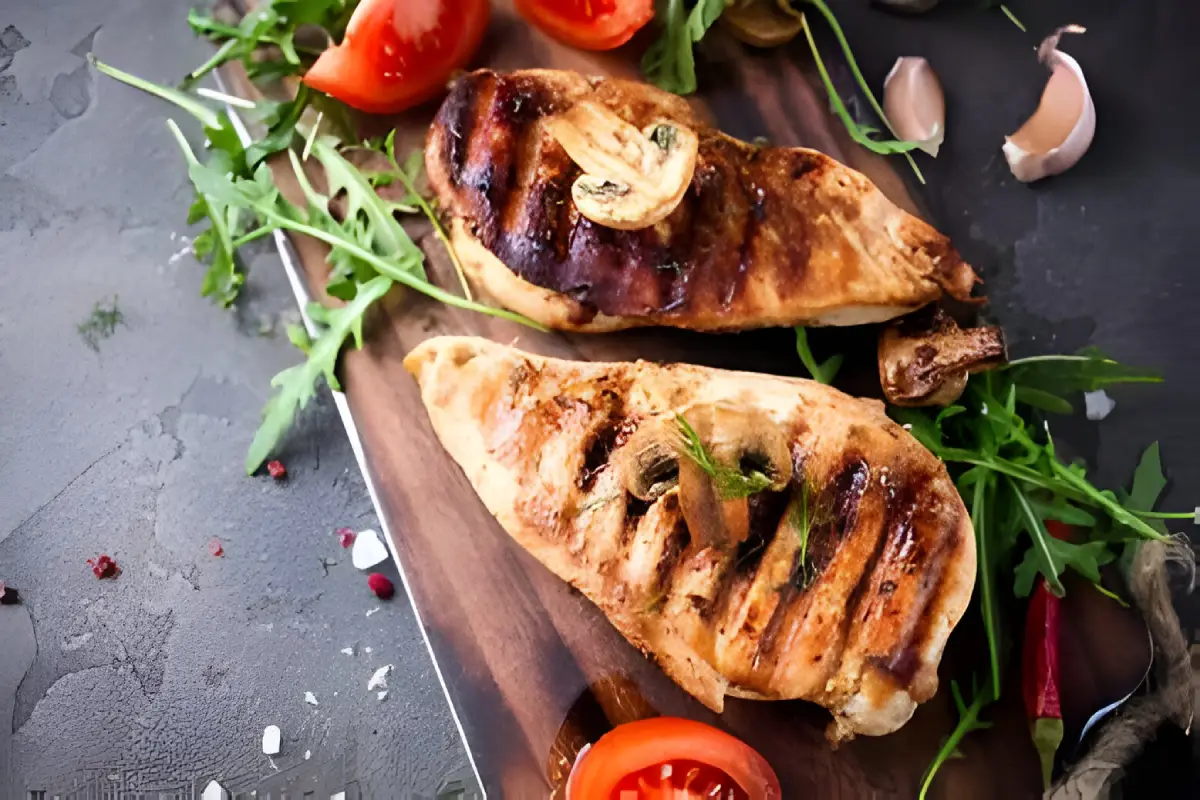In the world of barbecue, smoking chicken is akin to a fine art, where the subtle nuances of temperature can make or break the masterpiece that is your meal. The debate between Smoking chicken at 225 vs 250 degrees is more than just numbers on a thermometer; it’s about unlocking the full potential of flavor, texture, and juiciness in your chicken. This guide delves deep into the heart of this debate, armed with expert opinions, scientific insights, and a dash of culinary magic. Whether you’re a seasoned pitmaster or a curious novice, understanding the impact of these temperatures will elevate your smoking game to new heights. So, let’s embark on this flavorful journey together, exploring the essence of smoking chicken to perfection.
Understanding Smoking Temperatures
The Science of Smoking Meat
At the core of smoking chicken is the science of heat and its interaction with meat. The process of slow and low cooking, typical of smoking, allows for the breakdown of tough fibers in the chicken, transforming it into a tender, fall-off-the-bone delight. The temperature you choose is crucial, as it dictates the pace at which this transformation occurs.
Pros and Cons of Smoking at 225 Degrees
Smoking at 225 degrees is often hailed as the traditional low and slow method. This temperature is ideal for maximizing moisture retention, ensuring that every bite is as juicy as the last. The gentle heat allows the smoke to permeate the meat, infusing it with a deep, smoky flavor that’s hard to achieve at higher temperatures. However, patience is key, as cooking times can extend significantly, testing the willpower of hungry diners.
Pros and Cons of Smoking at 250 Degrees
On the flip side, smoking at 250 degrees offers a slightly faster route to a delicious meal. This higher temperature can reduce cooking times without sacrificing too much in terms of moisture and flavor. It’s a fine balance, though; while you’ll get to enjoy your chicken sooner, there’s a greater risk of drying out the meat if not monitored carefully. Yet, for many, this is a risk worth taking for the sake of convenience and a still-satisfactory outcome.
In the realm of smoking chicken, whether at 225 or 250 degrees, knowledge is power. Understanding the impact of these temperatures allows you to tailor your cooking method to suit your preferences, occasion, and patience level. As we continue, we’ll dive deeper into expert opinions on Smoking chicken at 225 vs 250
Expert Opinions and Recommendations

When it comes to smoking chicken, the temperature debate often leads us to seek wisdom from those who’ve spent countless hours behind the smoker. Let’s delve into the insights of chefs and pitmasters to shed light on this smoky conundrum.
Chef Insights on Smoking chicken at 225 vs 250
Chefs who specialize in smoked meats tend to emphasize the importance of knowing your equipment and the meat you’re working with. While some swear by the traditional 225 degrees for its gentle cooking process, others advocate for 250 degrees, especially when time is of the essence. The consensus? There isn’t one. Instead, chefs recommend experimenting with both temperatures to discover what works best for your specific smoker and the type of chicken you’re smoking. It’s the finesse in managing the heat, they argue, that makes all the difference.
Pitmaster Preferences and Techniques
Pitmasters, the guardians of barbecue tradition, often have a wealth of experience that’s invaluable to the smoking process. Many pitmasters lean towards the lower end of the temperature spectrum, arguing that 225 degrees allows for a more controlled cooking environment. This temperature, they claim, is key to achieving a perfect smoke ring and a tender texture. Yet, there’s a growing faction within the pitmaster community that finds 250 degrees to be a sweet spot for chicken, citing slightly quicker cooking times and still-excellent moisture retention as their rationale.
The art of smoking chicken, as revealed by experts, is not just about setting a temperature and walking away. It involves constant monitoring, understanding how different cuts of chicken react to smoke and heat, and adjusting your technique based on the day’s conditions. Whether you’re a fan of the low and slow approach or prefer to speed things up a bit, the goal remains the same: to produce smoked chicken that’s flavorful, juicy, and irresistible.
As we move forward, we’ll explore real-life experiments and case studies that put these temperatures to the test, offering tangible insights into how 225 and 250 degrees affect the final product. Stay tuned for a deeper dive into the science and sensory evaluation of smoked chicken, where we’ll uncover the optimal path to poultry perfection.
Case Studies and Experiments

Diving into the practical application of smoking temperatures, let’s explore some case studies and experiments that pit 225 degrees against 250 degrees in the quest for the perfect smoked chicken. These real-world tests provide a clearer picture of how each temperature impacts the cooking process and the final outcome.
Comparative on Smoking chicken at 225 vs 250
In a controlled experiment, two identical chickens were smoked under the watchful eyes of culinary experts—one at 225 degrees and the other at 250 degrees. Both chickens were prepared with the same seasoning and placed in similar smokers to ensure the results were as comparable as possible. The chicken smoked at 225 degrees took notably longer to reach the safe internal temperature of 165°F, as expected. However, it showcased an impressive smoke ring and a slightly more pronounced smoky flavor. The meat was tender and retained its moisture well.
Conversely, the chicken smoked at 250 degrees reached the desired internal temperature faster, offering a practical advantage for those under time constraints. While the smoke ring was less pronounced, the difference in flavor was subtle, and the meat remained juicy, challenging the notion that higher temperatures inevitably lead to drier meat.
Flavor and Texture Analysis
A sensory evaluation was conducted with a panel of tasters to assess the differences in flavor and texture between the two chickens. The panelists were unaware of the cooking temperatures used for each chicken. The feedback revealed that while there were slight preferences for the texture and moisture of the chicken smoked at 225 degrees, the differences were not significant. In terms of flavor, the smokiness was appreciated in both, with no clear preference for one temperature over the other.
These experiments underscore the idea that both temperatures can yield delicious results, with the choice often boiling down to personal preference and practical considerations such as cooking time. They also highlight the importance of technique and attention to detail, regardless of the temperature setting.
As we wrap up our exploration of smoking temperatures, we’ll share some final thoughts and best practices for smoking chicken, ensuring you’re equipped to make the most informed decision for your next barbecue endeavor. Whether you lean towards 225 or 250 degrees, the path to smoked chicken perfection is well within reach.
Conclusion and Best Practices

As we conclude our exploration into the optimal smoking temperature for chicken, it’s clear that both 225 and 250 degrees have their merits. The choice between these temperatures depends on various factors, including personal preference, time constraints, and the specific characteristics of your smoker. Here are some final thoughts and best practices to guide you in your smoking adventures.
Making Your Choice of Smoking chicken at 225 vs 250
When deciding whether to smoke your chicken at 225 or 250 degrees, consider the following:
- Time Availability: If you’re not in a rush and enjoy the process, 225 degrees may be your go-to for its slow and tender results. For those under tighter schedules, 250 degrees offers a quicker path to enjoyment without significantly compromising on quality.
- Equipment Familiarity: Know your smoker’s quirks. Some smokers may maintain consistent low temperatures better than others. Experimenting with both temperatures will help you understand how your equipment performs.
- Desired Outcome: If achieving a pronounced smoke ring and maximizing smoky flavor is your goal, starting at 225 degrees might give you that edge. However, if you’re aiming for a balance between efficiency and flavor, 250 degrees is a reliable choice.
Tips for Perfectly Smoked Chicken
To ensure your smoked chicken is a hit, regardless of the temperature you choose, keep these tips in mind:
- Monitor Internal Temperature: Always use a meat thermometer to ensure your chicken reaches a safe internal temperature of 165°F. The quality of your final product depends on it.
- Maintain Moisture: Consider brining your chicken before smoking to enhance moisture retention. A simple brine can make a significant difference in the end result.
- Manage the Smoke: Use quality wood chips and manage your smoker’s airflow to control the smoke intensity. Too much smoke can overpower the delicate flavors of the chicken.
- Rest Before Serving: Allow your smoked chicken to rest for at least 10-15 minutes after cooking. This helps redistribute the juices, ensuring each bite is as flavorful as the last.
In the realm of smoked chicken, the journey from raw to ravishing is as important as the destination. Whether you prefer the traditional low and slow approach at 225 degrees or opt for the slightly quicker method at 250 degrees, the key to success lies in careful attention to detail and a willingness to experiment. By understanding the nuances of each temperature and applying best practices, you’re well on your way to smoking chicken that’s not just good, but great.
Happy smoking, and may your chicken always be juicy, flavorful, and perfectly smoked!

